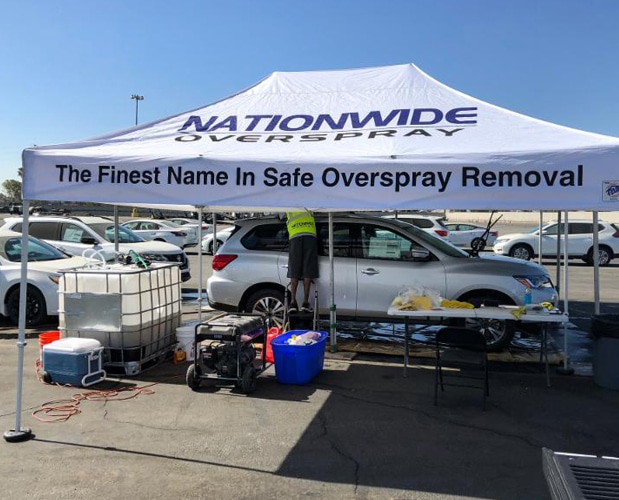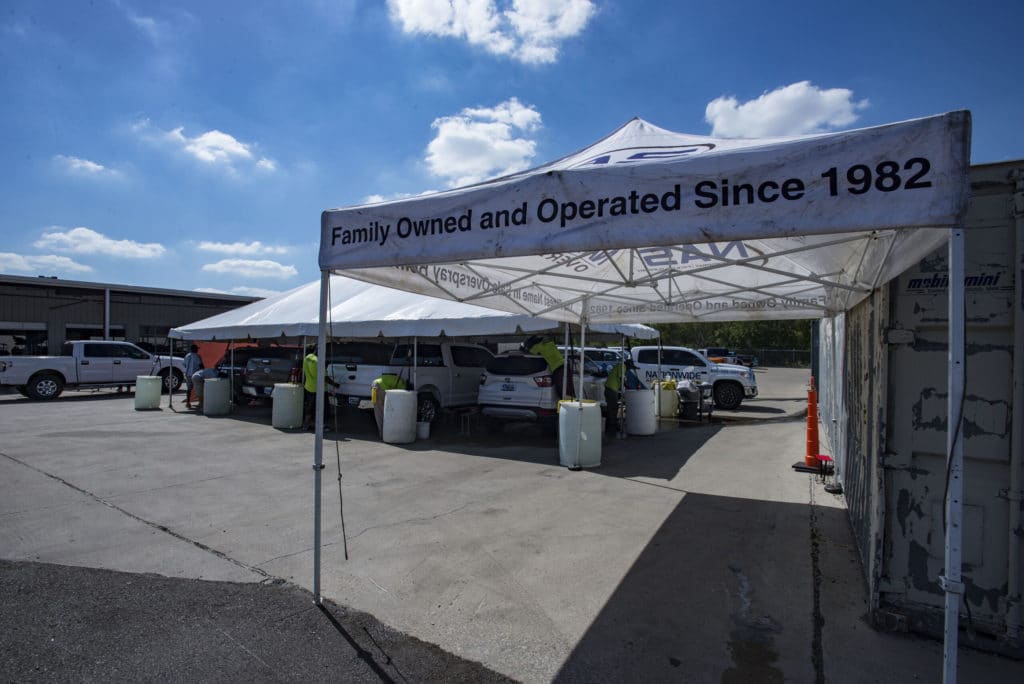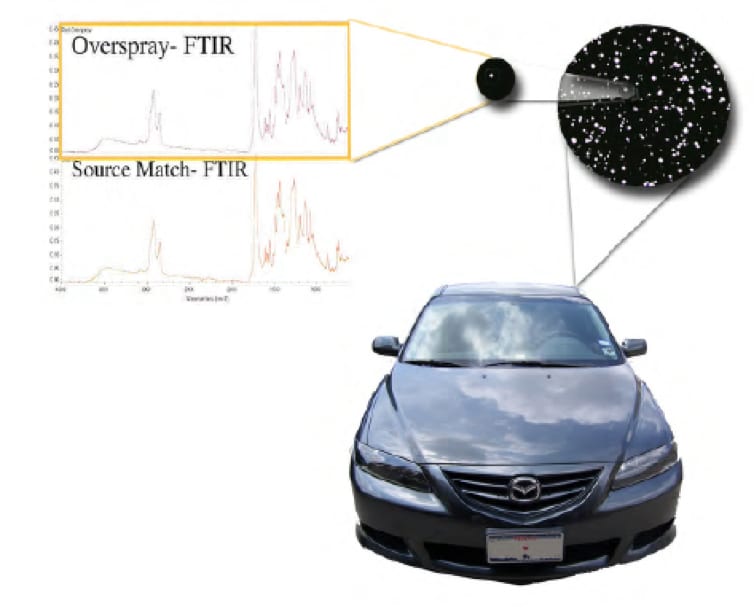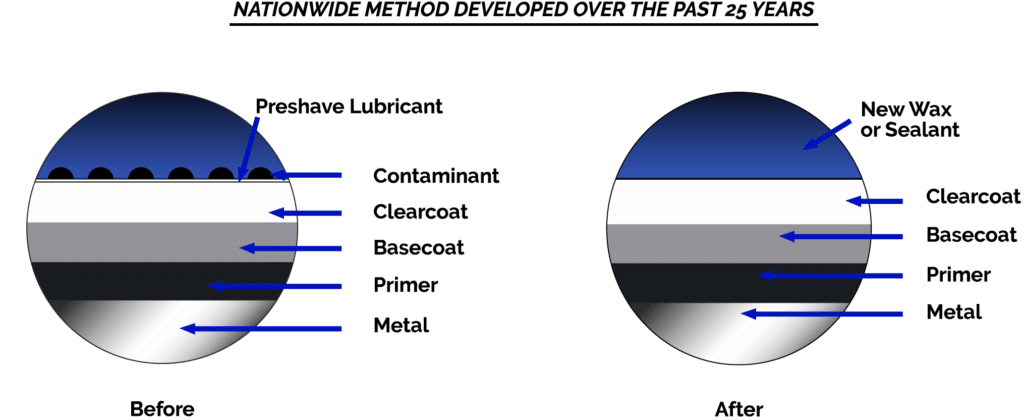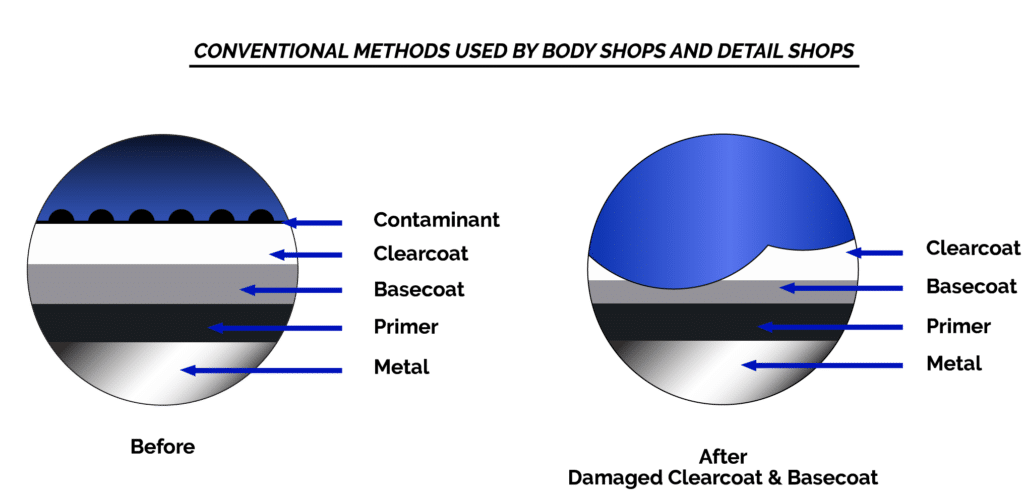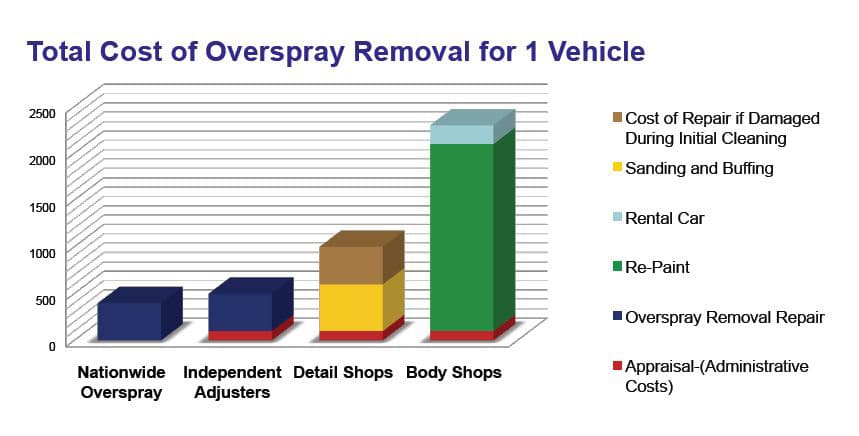Overspray Claim Management at Nationwide Overspray
Why choose Nationwide Nationwide Overspray for all your overspray removal and overspray claim management needs? To start, Nationwide Overspray has years of experience in taking care of you and your car, and we have processed over 400,00 claims. Here, we explain the causes of overspray and the process of overspray claim management.

